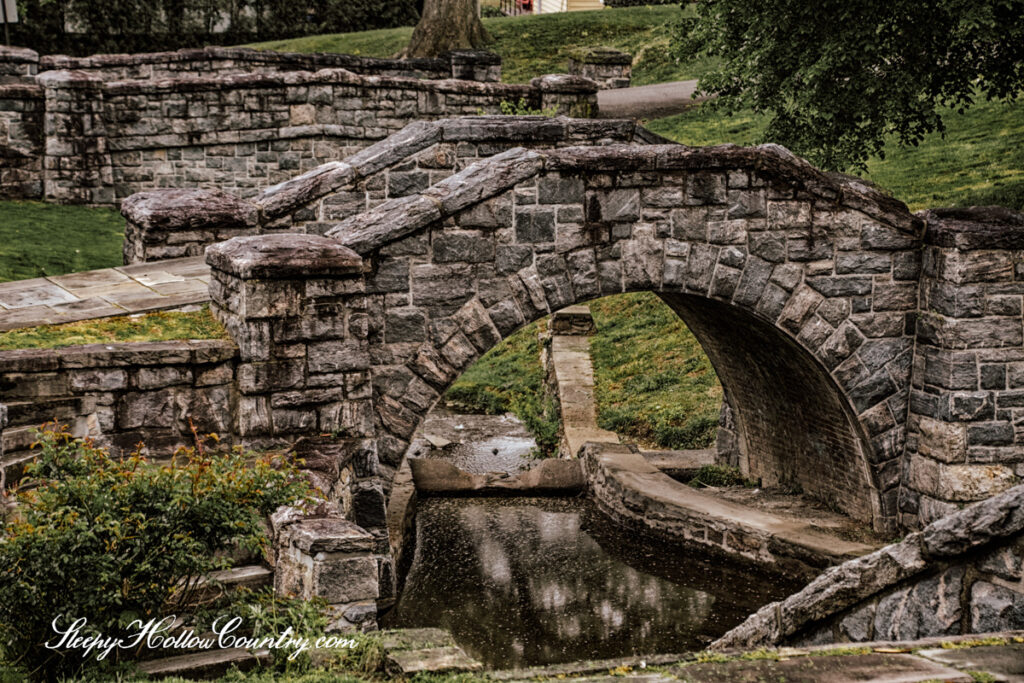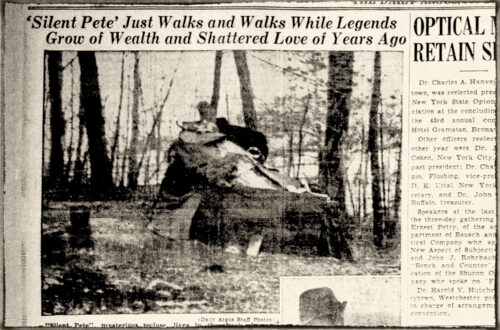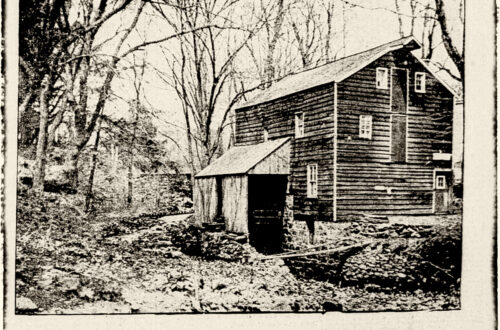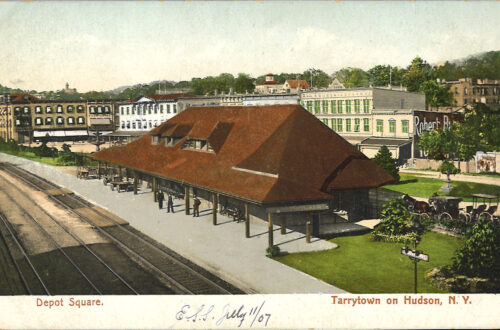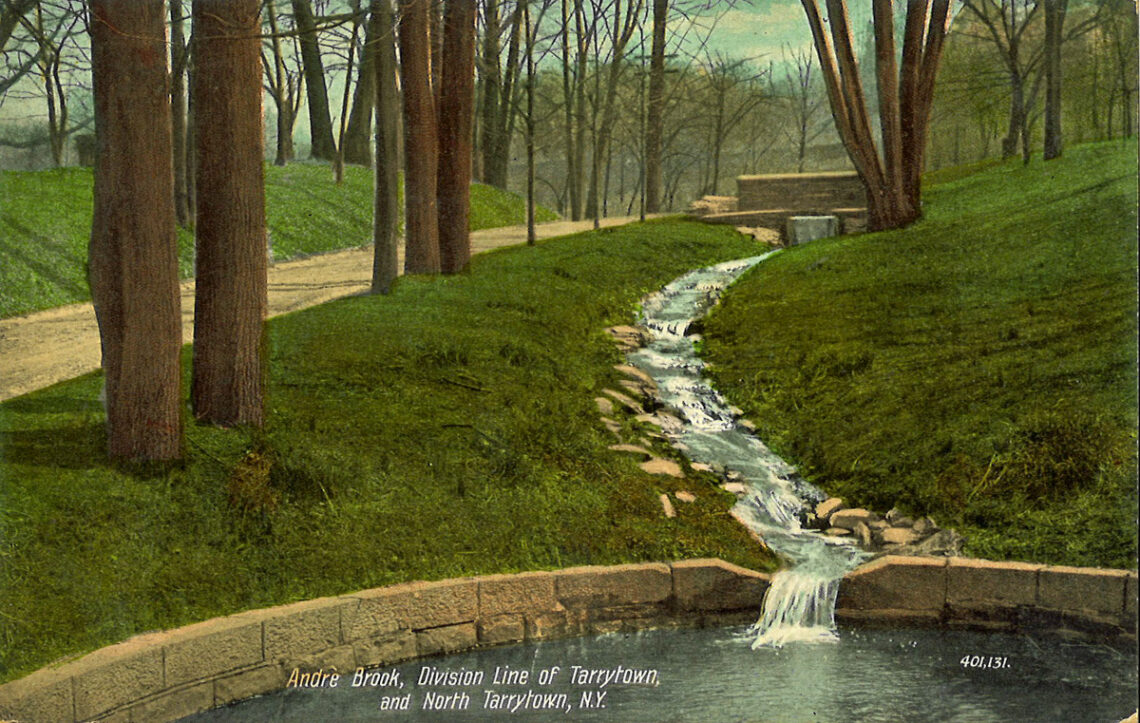
Patriot’s Park
Located on the cusp of Tarrytown and Sleepy Hollow lies a rolling green space known today as Patriot’s Park. Named for being the famous location of the capture of John André by local patriot militiamen in 1780, the park boasts the capture monument and memorial, but also features other last vestiges of other pieces of local history and folklore.
The earliest known historical act of significance where Patriot’s Park is located today is the capture of British Officer, John André as he was attempting to escape from behind enemy lines after helping infamous traitor Benedict Arnold. A large poplar tree supposedly marked the capture site, which was located about 200 yards east of where the current monument is today. The most famous bit of folklore, Washington Irving’s “The Legend of Sleepy Hollow” notes this very tree as Ichabod Crane makes his way home from the Van Tassell harvest feast. A small brook also ran through this area, still trickling today while the famous poplar tree has long been lost to time.
In the 1830s, there was a call to erect a monument to those captors of Major André, and this effort did not culminate until 1853 after William and Mary Taylor donated the land next to the brook for the memorial monument. Not much is known about The Taylors, but the National Register of Historic Places nomination and historical context describe them as “free blacks of property”. Their generous contribution ensured that the monument could be built and exists today because of them. The cornerstone, of Sing-Sing marble, was laid on July 4th, 1853 to much celebration. This memorial is one of the earliest in the United States dedicated to an event from the American Revolution.
The monument would be amended through the years, with it being rotated 180 degrees, and enlarged. The figure of Paulding (sculpted by W.R. O’Donovan) and the bas-relief (by Theodore Baur) were added as part of the final changes. A North Tarrytown resident named John Anderson donated the statue of Paulding. The entire updated monument was re-dedicated in 1880 to a crowd of seventy thousand spectators.
The Brookside Park Years
With the monument as the anchor, the surrounding area with a few older homes, was now prime real estate for change and update. In the 1890s owner Eugene Jones who worked with Carrère and Hastings one of the premiere Beaux-Arts Architectural Firms in New York City developed the land into a residential area with houses and landscape features called ‘Brookside Park’. Cottages and a gatehouse encompassed this complex, including the elaborate stone structures and driveways around the brook.
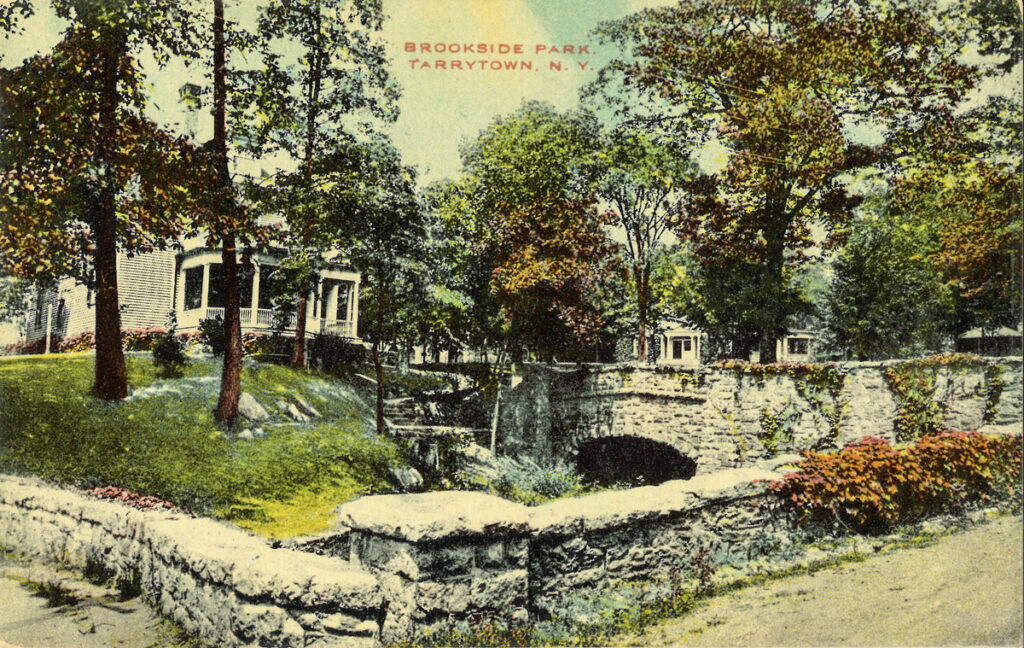
Near the end of the century, Jones sold Brookside Park to Amos Clark who continued to act as landlord to the park campus, notably renting out the structures to the Knox School for Girls in 1911 until they moved to Cooperstown, NY in 1920 as the school needed more room than the park buildings could provide. Another girls’ school named Highland Manor took occupancy shortly after until they also outgrew the buildings and moved on by 1942. After their vacancy, things began to fall into disrepair.
The Tarrytown residents Mrs. Warner and Mrs. Spanberg purchased the entirety of Brookside Park and promptly donated the land to Tarrytown and North Tarrytown. Once in possession of the villages, the derelict buildings were razed (minus one and the gatehouse) and its name was changed to Patriot’s Park.
The “New” Patriot’s Park
It wasn’t until after World War Two was over, that the municipalities, local gardening groups, and an unknown landscape architect banded together to clean up and address the grounds of their “new” Patriot’s Park. Foundations were filled in, trees planted, the brook was lined with concrete, and pathways were added in the mid-1950s to ensure it was a viable and enjoyable public space. Unfortunately, the remaining house was finally taken down in the 1970s after spending time as storage space and a gymnasium. Only the gatehouse remains today.
